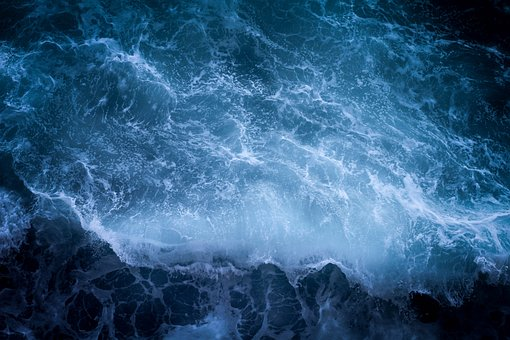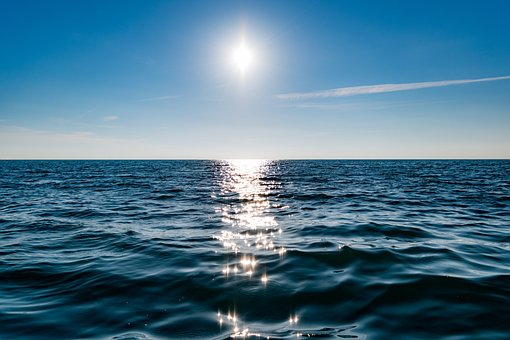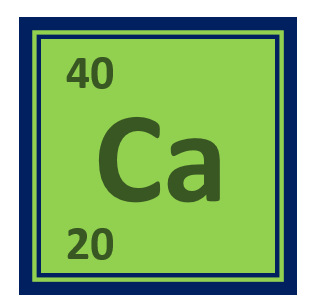What are Ocean Currents?
Ocean currents are large-scale movements of water within the ocean that are driven by various factors such as wind, temperature, and salinity gradients. Depending on their depth in the ocean, they are classified as surface currents or deep currents.
Ocean currents definition:
Ocean currents are the continuous, directional movements of seawater that flow in defined patterns and affect the distribution of heat, nutrients, and marine life throughout the ocean.
What causes ocean currents?
Ocean currents are caused by a combination of factors such as wind, temperature, density, and Earth’s rotation. Wind-driven surface currents are the most well-known and visible ocean currents, while deep ocean currents are primarily driven by differences in water density.
Major ocean currents:
The major ocean currents include the Gulf Stream, North Atlantic Drift, Antarctic Circumpolar Current, California Current, and the Kuroshio Current.
Where is the Antarctic circumpolar current located?
The Antarctic Circumpolar Current is located in the Southern Ocean surrounding Antarctica. It flows from west to east and is the world’s largest ocean current, transporting more than 100 times the flow of all the world’s rivers combined. The Antarctic Circumpolar Current is also unique in that it connects the Atlantic, Indian, and Pacific Oceans, allowing for the exchange of water and marine life between these regions.
California current
The California Current is a cold, nutrient-rich ocean current that flows southward along the western coast of North America, from British Columbia in Canada to Baja California in Mexico. It is a part of the larger North Pacific Gyre and is driven by the clockwise rotation of the North Pacific Ocean.
The California Current is formed by the convergence of two major ocean currents: the Alaska Current and the North Pacific Current. As these currents converge, they mix with colder water from the deep ocean, which enhances their nutrient content. The California Current’s cold, nutrient-rich waters support a diverse and productive marine ecosystem that includes a variety of fish, mammals, and seabirds.
The California Current plays an important role in the climate and weather patterns of the western coast of North America. It cools the coastal regions during the summer and warms them during the winter, moderating temperature extremes and creating a more stable climate. The California Current also affects regional weather patterns such as fog, wind, and precipitation, and it brings much-needed moisture to California’s coastal regions.
The California Current has significant economic importance, supporting commercial and recreational fisheries, as well as the coastal tourism industry. However, the health of the California Current is threatened by a variety of factors, including climate change, pollution, and overfishing. These factors can disrupt the delicate balance of the marine ecosystem and negatively impact the species that depend on it. Therefore, it is essential to manage the California Current sustainably to ensure its long-term health and productivity.
What would California look like if there was no California current?
If there were no California Current, the climate and weather patterns of California and the western coast of North America would be significantly different. By cooling the coastal regions in the summer and warming them in the winter, the California Current moderates temperature extremes and provides a more stable climate. The coastal regions would experience more extreme temperature fluctuations if the California Current did not exist, with hotter summers and colder winters.
The California Current also affects regional weather patterns, including fog, wind, and precipitation. Without the California Current, the coastal regions of California would be much drier, with less fog and precipitation. This could lead to more frequent and severe droughts, which would have significant impacts on agriculture and water resources in the region.
The California Current also supports a diverse and productive marine ecosystem that includes a variety of fish, mammals, and seabirds. Without the cold, nutrient-rich waters of the California Current, the marine ecosystem would be significantly less productive and less diverse. This could have significant impacts on commercial and recreational fisheries, as well as the coastal tourism industry.
Pacific Ocean Currents:
The Pacific Ocean has several major currents, including the North Equatorial Current, the California Current, and the Kuroshio Current.
North Atlantic Ocean Currents:
The North Atlantic Ocean is home to the Gulf Stream and the North Atlantic Drift, which are warm, fast-moving currents that flow from the Gulf of Mexico to the coasts of Europe.
Atlantic Ocean Currents:
The Atlantic Ocean has several major currents, including the Gulf Stream, North Atlantic Drift, and the South Equatorial Current.
How Do Ocean Currents Affect Climate?
Ocean currents play a significant role in regulating the Earth’s climate by transferring heat from the tropics to the poles. They also affect weather patterns and the distribution of nutrients and marine life.
Deep Ocean Currents:
Deep ocean currents are driven by differences in water density, which are caused by differences in temperature and salinity. These currents play a crucial role in transporting heat and nutrients throughout the ocean.
What Drives Deep Ocean Currents?
Deep ocean currents are primarily driven by differences in water density, which are caused by temperature and salinity differences. This density difference creates a gravitational force that drives the movement of water within the ocean. Additionally, wind-driven surface currents can also play a role in driving deep ocean currents.




